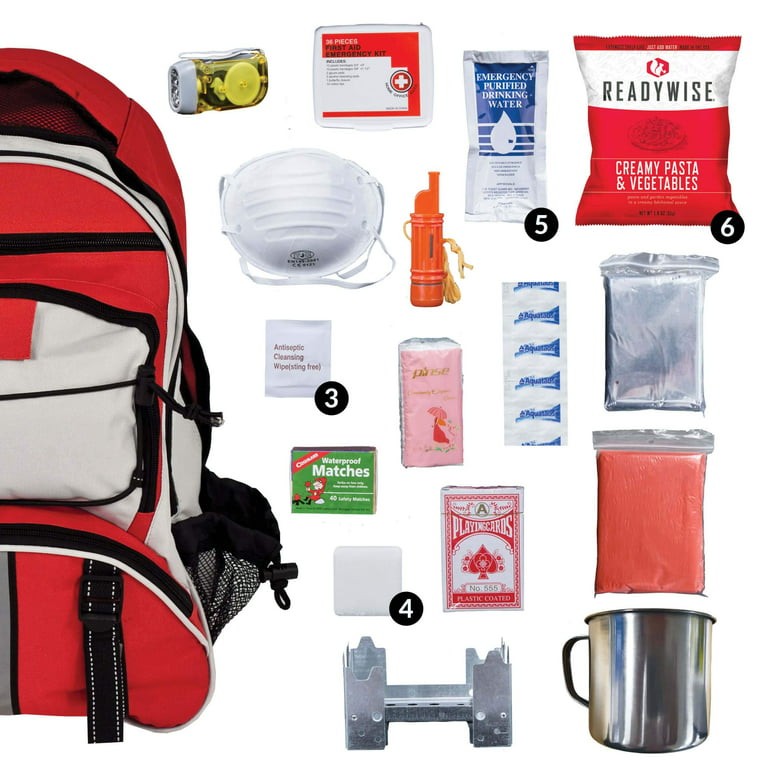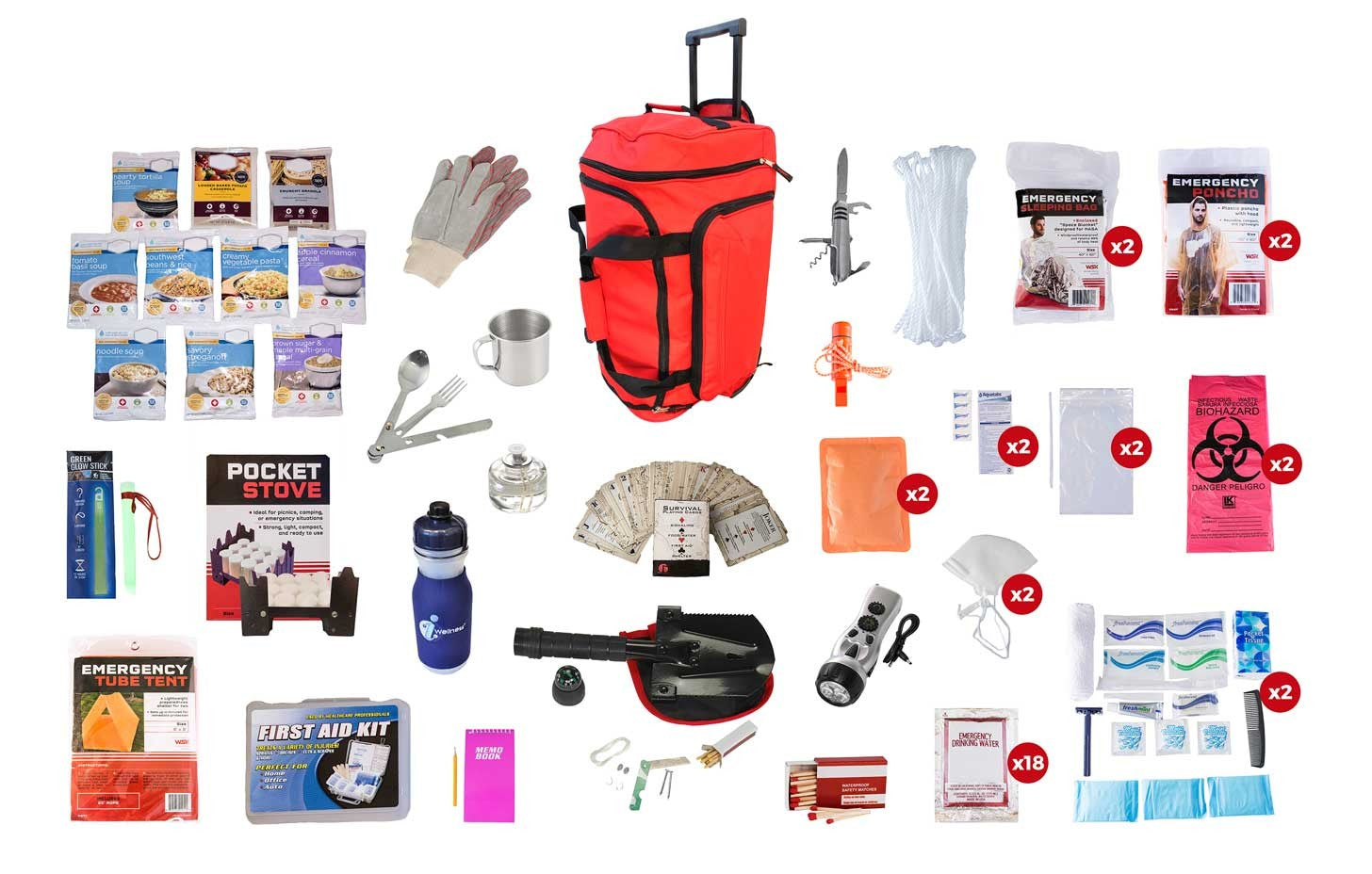Emergency Preparedness 101: Secret Steps to Protect Your Family members
Emergency Preparedness 101: Secret Steps to Protect Your Family members
Blog Article
How to Establish a Comprehensive Emergency Situation Preparedness Strategy
In the world of readiness, creating a thorough emergency strategy is not merely a task to inspect off a list; it is a vital cornerstone of any kind of company or individual's strength technique. By carefully crafting a strategy that attends to various elements of emergency monitoring, including risk evaluation, communication procedures, resource allowance, and strategic decision-making, one can lay a strong foundation for securing lives, procedures, and possessions.
Significance of Emergency Readiness
Emergency preparedness is essential for minimizing possible dangers and making sure the safety of communities and individuals. In today's world, where all-natural disasters, public health dilemmas, and various other emergency situations can strike without caution, being prepared can make a substantial difference in minimizing the effect of these occasions. By having a well-thought-out emergency situation preparedness strategy in position, companies and individuals can react efficiently, secure lives, and lower property damages.
One of the main reasons that emergency situation readiness is vital is its duty in saving lives. When emergencies occur, having a strategy that lays out clear procedures for interaction, emergency, and emptying response can assist individuals act promptly and decisively. This can prevent injuries and fatalities by guaranteeing that people know what steps to require to stay risk-free
In addition, emergency preparedness boosts the durability of neighborhoods. By cultivating a society of readiness and preparation for various scenarios, areas can bounce back faster from interruptions and catastrophes. This durability is crucial for keeping stability, connection of operations, and overall wellness despite hardship.
Assessing Prospective Threats
Taking into consideration the value of being gotten ready for unforeseen occasions, the first step in developing a reliable emergency situation readiness plan involves completely evaluating and examining prospective dangers. This assessment calls for a comprehensive evaluation of all feasible threats that can influence the company, thinking about variables such as area, market, and historical data on incidents. By identifying these risks, companies can prioritize their preparedness initiatives and designate resources effectively to alleviate one of the most significant dangers.
Common threats that organizations might deal with consist of all-natural catastrophes like quakes, cyclones, or floods, technical risks such as power interruptions or data violations, in addition to human-caused risks like crashes or deliberate acts of physical violence. Carrying out a risk evaluation also entails thinking about the possible effect of these events on the company's operations, staff members, clients, and online reputation. By carrying out an extensive danger evaluation, organizations can develop customized emergency situation feedback strategies that address their particular vulnerabilities and ensure reliable preparedness for any kind of possible crisis.
Creating an Interaction Plan
Creating a thorough and clear communication strategy is essential for efficient emergency situation preparedness within organizations. In times of dilemma, communication plays an important role in ensuring the safety and security and well-being of staff members, stakeholders, and the community. A well-balanced communication plan ought to lay out clear lines of communication, mark essential employees accountable for interaction tasks, and develop procedures for distributing details quickly and properly.
One secret aspect of producing a communication strategy is identifying key and alternating communication channels (EMERGENCY PREPAREDNESS). These can include e-mail, text messaging, phone trees, social media systems, and public address systems. It is critical to make sure that these networks are dependable, easily accessible, and routinely examined to assure their effectiveness during emergency situations

Structure an Emergency Situation Set
Provided the critical importance of readiness in times of situation, an essential component that companies must address is the facility of an emergency situation set. When assembling an emergency situation set, it is necessary to consider the certain requirements and conditions of the company. In addition, companies should include essential papers, such as call listings, insurance policy info, and emergency action plans, in waterproof containers within the set.
Developing Evacuation Procedures
To make sure the safety and security and orderly emptying of employees during emergencies, organizations need to establish clear and efficient discharge treatments. Emptying treatments must include an array of prospective situations, consisting of fires, natural catastrophes, or various other emergencies that need quick evacuation.

Additionally, organizations should establish a system for audit for all personnel during an evacuation to ensure that everybody has actually safely left the facilities. Communication plays a crucial function in emptying treatments, with clear instructions on just how to leave and when to do so. Normal testimonial and updating of discharge procedures based upon feedback and changing scenarios are vital to preserving the effectiveness of the plan.
Conclusion
Finally, establishing an extensive emergency preparedness strategy is important for guaranteeing the security and health of individuals in case of a catastrophe (EMERGENCY PREPAREDNESS). By evaluating possible risks, producing an interaction strategy, developing an emergency set, and developing discharge individuals, procedures and organizations can be much better outfitted to react efficiently to emergency situations. It is very important to focus on readiness initiatives to minimize the influence of catastrophes and protect lives and home
In the world of preparedness, establishing a detailed emergency situation plan is not merely a task to examine off a listing; it is an important cornerstone of any type of company or individual's strength technique. When emergency situations take place, having a plan that outlines clear treatments for discharge, communication, and emergency situation action can assist individuals act promptly and emphatically. Get the facts. By performing a comprehensive danger analysis, companies can create tailored emergency feedback strategies that address their particular vulnerabilities and make certain reliable readiness for any kind of prospective crisis
Developing a thorough and clear communication plan is essential for efficient emergency situation preparedness within companies. By evaluating possible risks, developing a communication strategy, building an emergency set, and establishing evacuation people, companies and procedures can be much better geared up to react successfully to emergency situations.
Report this page